Pond Overflow CFD Simulation by ANSYS Fluent Training
$80.00 Student Discount
- The problem numerically simulates the Pond Overflow using ANSYS Fluent software.
- We design the 3-D model in two modes with the Design Modeler software.
- We mesh the model with ANSYS Meshing software, and the element number equals 20142 and 16409.
- We use the VOF Multiphase model to define water and air.
Click on Add To Cart and obtain the Geometry file, Mesh file, and a Comprehensive ANSYS Fluent Training Video.
To Order Your Project or benefit from a CFD consultation, contact our experts via email ([email protected]), online support tab, or WhatsApp at +44 7443 197273.
There are some Free Products to check our service quality.
If you want the training video in another language instead of English, ask it via [email protected] after you buy the product.
Description
Description
The present problem simulates the water flow on an overflow that enters a pond using ANSYS Fluent software.
In the current simulation, an ogee spillway leads to a pond. In this case, where the flow is a free surface, the water flow reaches the overflow at a certain height, with a flow rate of 140 kg/s. In the case of pressure, the water flows at a certain height with a flow rate of 420 kg/s.
The present model is designed in two dimensions using Design Modeler software. The model’s geometry consists of an ogee overflow leading to a pond. Of course, modeling is designed in two modes.
In one, there is an upstream area before the overflow, but in the other, this area does not exist. The inlet flow boundary consists of two parts: the water flow and the airflow inlet.
The meshing has been done using ANSYS Meshing software, and the mesh type is semi-structured. The element number of the free-flow case is 20142 and of the pressure-flow case is 16409.
Pond Methodology
In this simulation, two case studies are defined, in one, water flows as a free surface flow to the overflow and then flows into the pond, while in another, the water flows under pressure on the overflow and into the pond.
Therefore, for both cases, a two-phase VOF flow model is used; So that the primary phase (air) and the second phase (water) are defined.
Pond Conclusion
At the end of the solution process, two-dimensional contours related to pressure and velocity and the volume fraction of each of both phases are obtained.
Also, the results are obtained in both cases. The diagram of static pressure changes of water flow in terms of the direction of the pond in both models is obtained.


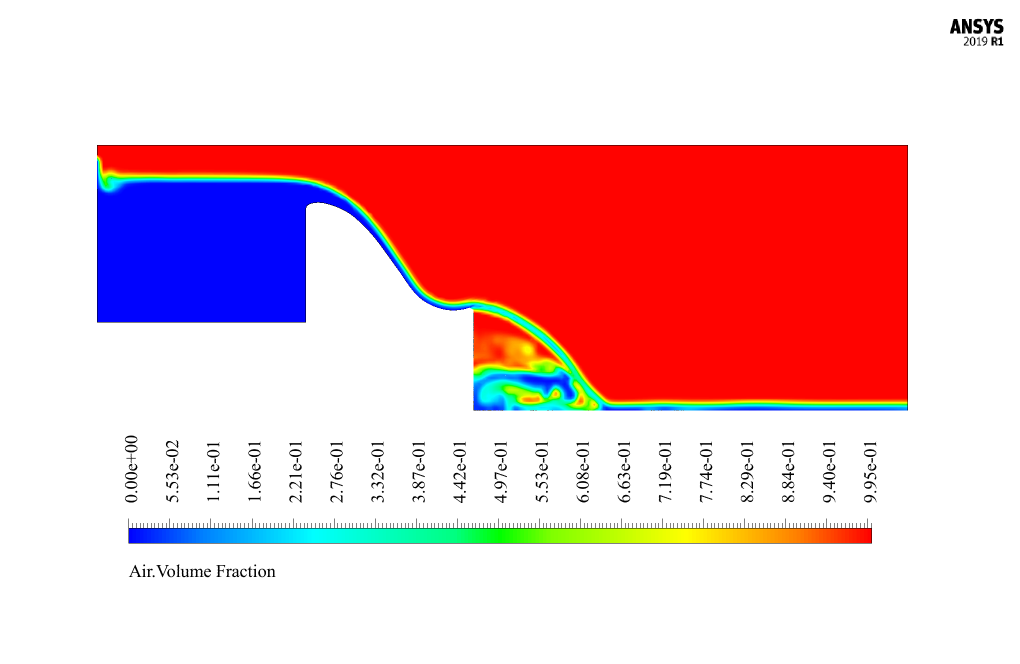
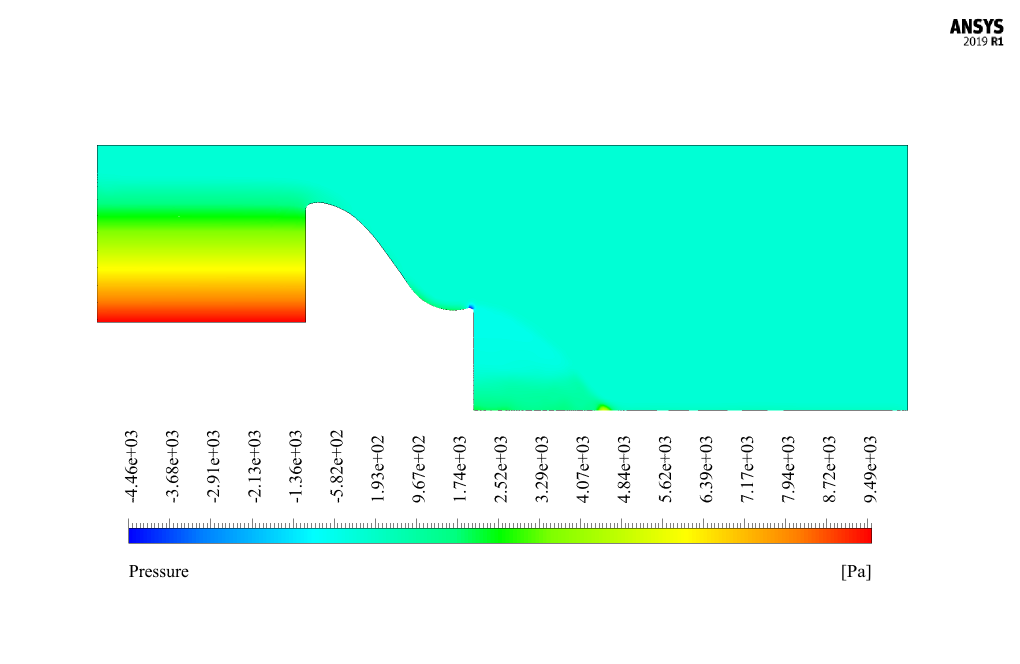
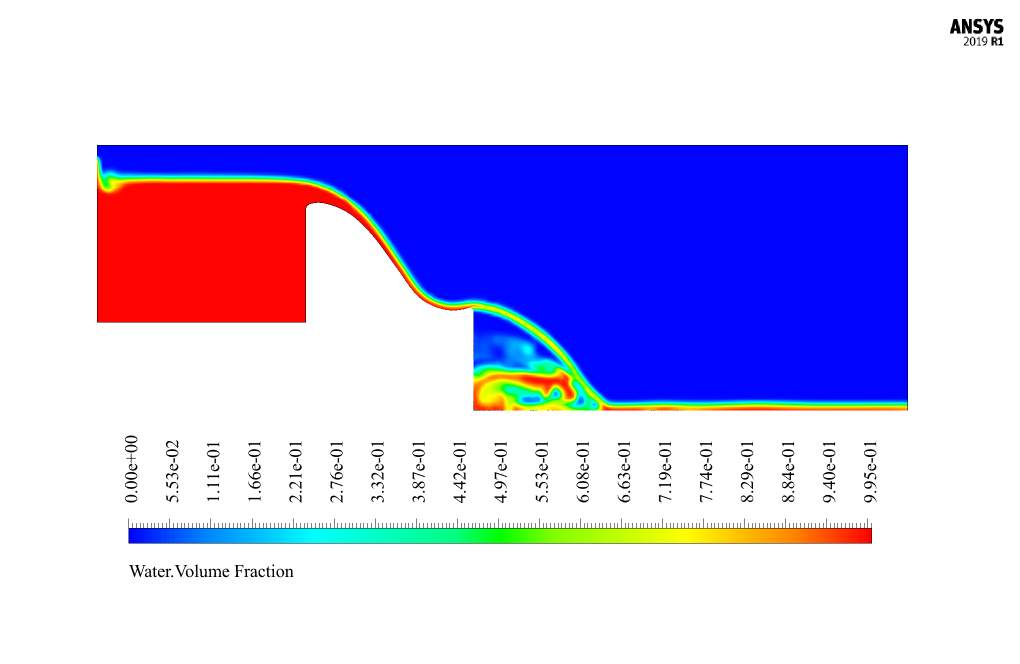
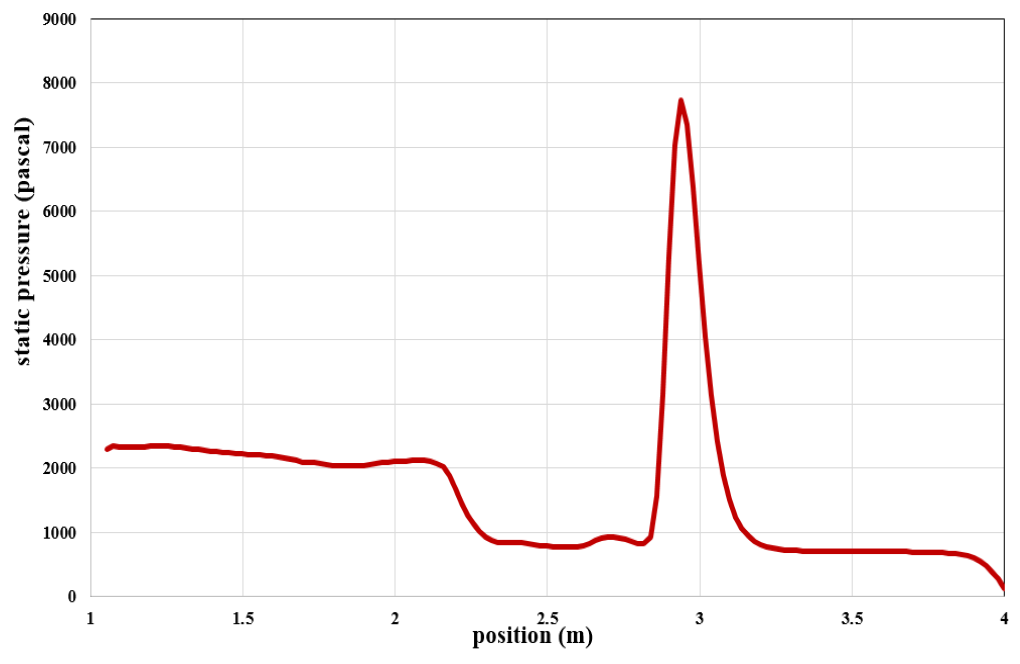
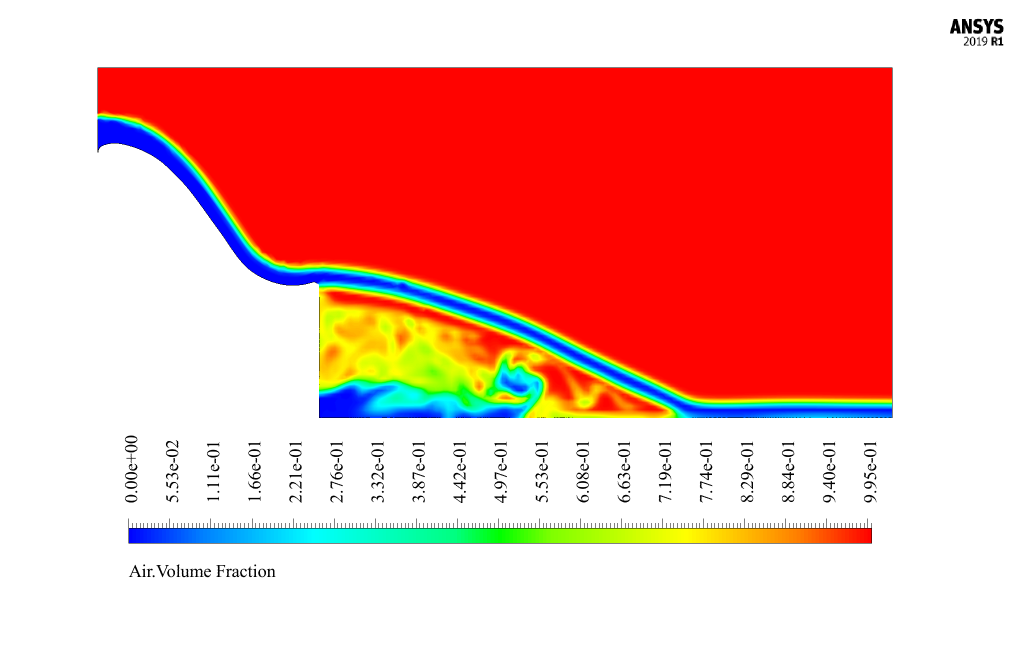
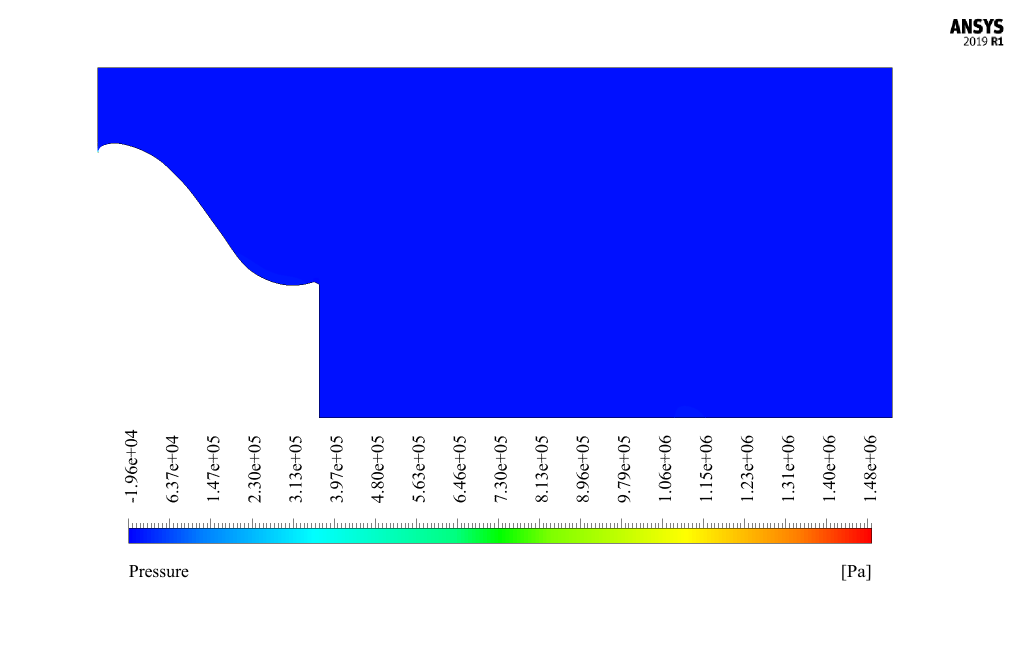
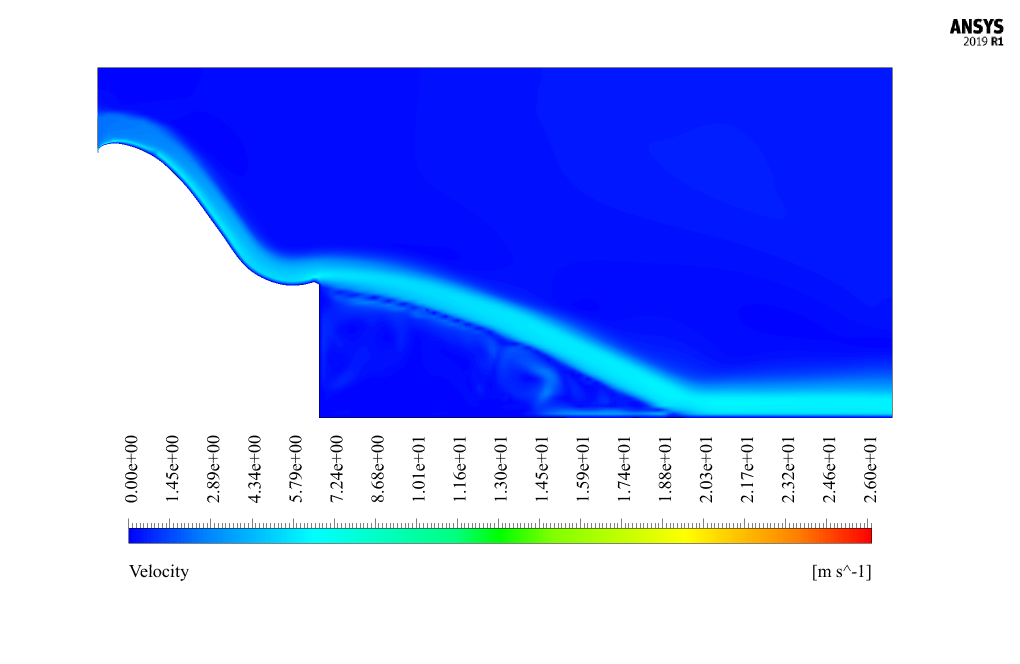
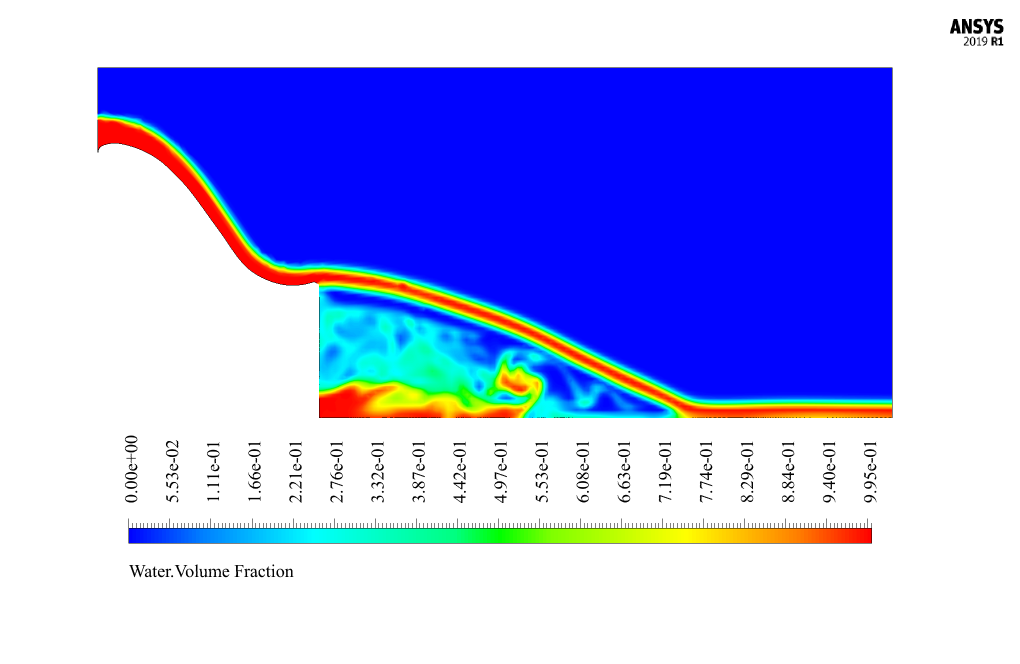
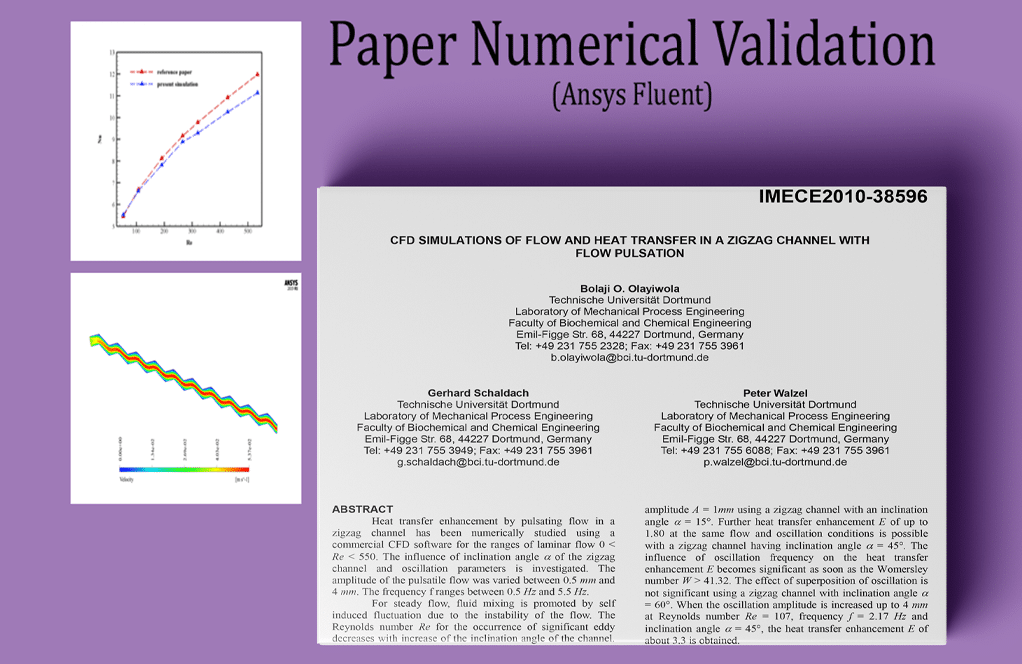
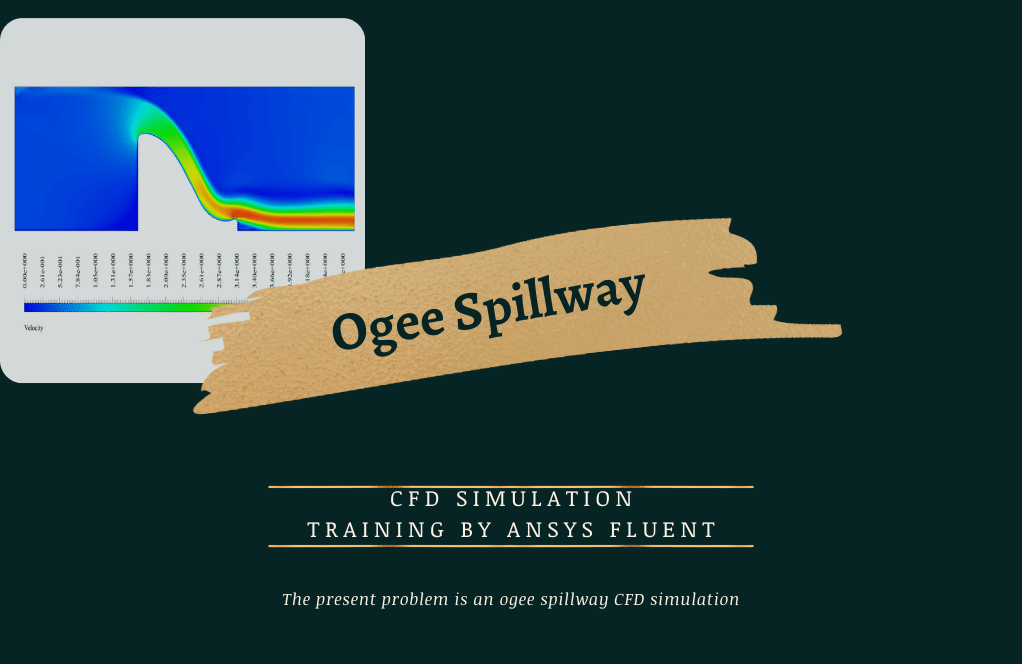
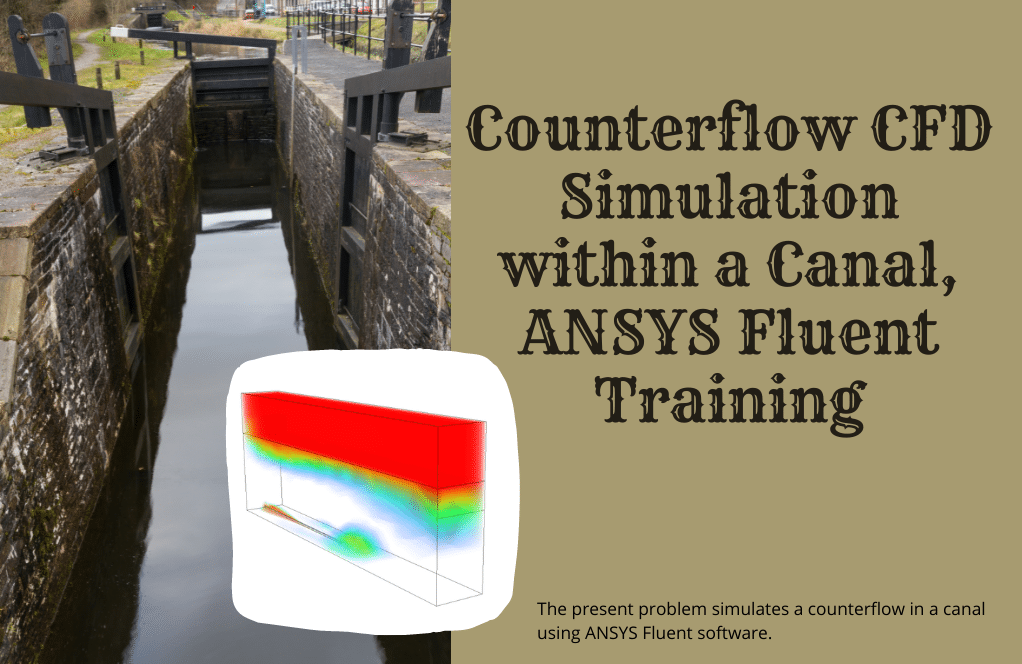
Prof. Elliot Gutkowski –
I found the variety of scenarios like free surface flow and pressure flow simulations quite enlightening in this training content, showcasing how versatile and applicable these techniques are in different real-world situations. Great work progressing from basics to complex models!
MR CFD Support –
Thank you for your kind words! We’re glad to hear that our training material on Pond Overflow CFD Simulation by ANSYS Fluent is both informative and pragmatic. It’s wonderful to know our efforts to provide in-depth and practical scenarios are appreciated. If you have any further thoughts or questions, feel free to share!
Donnie Terry PhD –
I am truly impressed by the Pond Overflow CFD Simulation training. The practical approach and thorough explanation made grasping the concepts much easier. The results obtained were insightful for understanding pressure variations and flow behavior. Excellent tutorial!
MR CFD Support –
Thank you for your kind words! We’re thrilled to hear you found the Pond Overflow CFD Simulation training to be practical and insightful. It’s great to know that the tutorial helped you understand important concepts clearly. We always strive to provide useful and comprehensive learning materials. If you have further feedback or ever need assistance with future CFD challenges, don’t hesitate to reach out!
Josephine Grady MD –
I was impressed by the depth of the results provided in ‘Pond Overflow CFD Simulation by ANSYS Fluent Training.’ It really showcases the robustness of using ANSYS Fluent for complex fluid simulations. The dual scenarios of free surface and pressurized flow gave a comprehensive look at different conditions, which is incredibly helpful for understanding spillway dynamics. Well done!
MR CFD Support –
Thank you for your kind words! We are thrilled to hear that you found the training on pond overflow simulation effective and informative. Our aim with this tutorial was indeed to offer a detailed exploration of differing fluid behaviors and spillway performances under various conditions. It’s gratifying to know that it served to enhance your understanding of fluid simulations using ANSYS Fluent. We appreciate your feedback!
Mr. Clinton Swift –
This Pond Overflow simulation training looks incredibly detailed. Please could you tell me if it includes guidelines on post-processing for analyzing water flow characteristics in the pond?
MR CFD Support –
Yes, this training includes comprehensive guidelines on post-processing in ANSYS Fluent. There will be instructions on how to analyze water flow characteristics effectively, which includes extracting valuable data such as pressure distribution, velocity fields, and volume fraction of both phases.
Gerda Ondricka –
Absolutely thrilled with the Pond Overflow CFD Simulation training! It’s quite clear that this product goes in-depth with practical simulation examples. Seeing both free surface flow and pressure-flow scenarios reflected in the curriculum is very beneficial.
MR CFD Support –
Thank you so much for your kind words and for taking the time to leave us this wonderful review! We’re thrilled to hear that you found our Pond Overflow CFD Simulation training comprehensive and practical. We strive to provide detailed examples to aid in understanding, so it’s gratifying to know it’s appreciated!
Prof. Jorge McClure –
Really impressive learning resource! Seeing both free surface flow and pressured overflow conditions in the simulations has provided tremendous insight into the water flow dynamics across an ogee spillway.
MR CFD Support –
Thank you so much for your positive feedback! We’re delighted to hear that our simulation training for pond overflow with different flow scenarios was informative and helpful to your understanding of fluid dynamics. Your understanding of the various conditions exemplifies the depth of learning achieved through the practical CFD application. If you have any more insights or require further assistance, don’t hesitate to reach out to us.
Josianne Fisher –
I was particularly impressed by the way the overflow and pond situations were handled in the simulation. The differentiation between the free surface flow and pressure flow cases provided a comprehensive understanding of potential real-world scenarios. The detailed results and contours generated in ANSYS Fluent were enlightening and could be very useful for similar engineering projects.
MR CFD Support –
Thank you for your kind feedback! We are pleased to hear you found the simulation results detailed and insightful for real-world scenarios. We always strive to provide comprehensive training that meets the needs of our users. If you have any more insights or further need assistance with your engineering projects, feel free to reach out!
Jessy Kreiger –
I’m particularly impressed by the functionalities tackled in this simulation, such as free surface flow and two-phase flow. The detailed descriptions of boundary conditions and the systematic study of different cases help in understanding the complexities of fluid overflow in ponds. Great job illustrating the process and the corresponding implications on pressure and velocity when working with ANSYS Fluent!
MR CFD Support –
We appreciate your positive feedback about our Pond Overflow CFD Simulation training! We aim to provide a comprehensive understanding of fluid dynamics in various scenarios using ANSYS Fluent. Thank you for acknowledging the detailed instruction and clear presentation of the different cases studied. We hope the skills learned from this simulation will be beneficial for your future projects.
Raegan Hegmann III –
I’m really happy with how the simulation allowed me to examine both free surface and pressurized water flow scenarios. The visual results helped a lot in understanding the flow dynamics over the ogee spillway.
MR CFD Support –
Thank you for your positive feedback! We’re glad to hear that the simulation met your expectations and provided a clear visualization of the flow dynamics. Should you have any further questions or need additional insights into CFD simulations, feel free to reach out to us.
Brendon Hill –
I completed the training for the Pond Overflow CFD simulation course, and the concepts were explained so clearly. I was especially impressed with the detailed steps in setting up the boundary conditions for the waterfall and the airflow inlet.
MR CFD Support –
Thank you for your positive review! We’re glad to know that the training was clear and helpful for you, particularly when it came to the boundary conditions. Your understanding and satisfaction are our top priorities. If you ever have any further questions or need assistance with other simulations, please don’t hesitate to reach out.
Stanton Little –
I found the details on how the overflows work in a pond very illuminating. The explanation of the two different scenarios—free surface and pressured water flows—was particularly interesting. It seems like the training provided a solid understanding of both conditions in CFD context.
MR CFD Support –
Thank you for your positive feedback on our Pond Overflow CFD Simulation training. We’re glad to hear that you found the distinctions between free surface and pressured water flows within the overflow simulations informative. It’s always rewarding to know that our customers gain valuable insights from our learning products. If you have any further interests or need assistance with other simulations, please don’t hesitate to reach out.
Tillman Bartell –
The training material provided clarity on the behavior of water flowing into the pond. Great learning experience with practical examples!
MR CFD Support –
Thank you for your positive feedback! We’re thrilled to hear that you found the training material clear and practically useful. It’s our goal to provide comprehensive learning experiences through our simulations. If you have any further questions or need more examples, please don’t hesitate to ask.